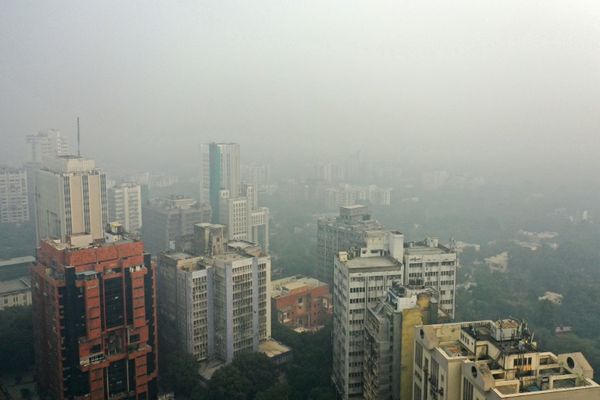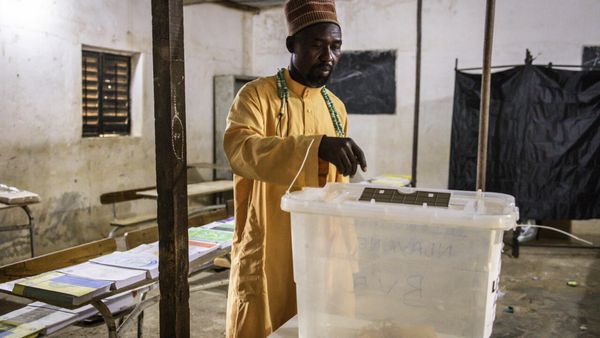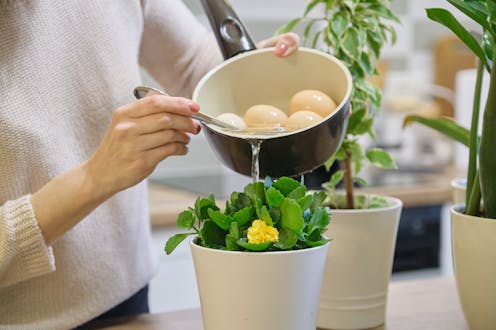
With so much of the world suffering from drought, you might think your ability to help is minimal. But when you consider the average person in the UK uses around 142 litres of water a day, it’s easy to see how small changes to your routine can add up.
More than half of the water that is extracted from rivers, streams and aquifers in the UK feeds the public water supply. These abstractions, as they’re called, worsen drought conditions by draining local waterways, depriving vegetation, fish and other aquatic life of the water they need to survive droughts.
Filling paddling pools to cool off, taking multiple showers each day to stay clean, watering the garden to revive wilting plants – all these extra activities contribute to a sharp increase in public water use on hot and dry days. And these impacts can endure for months, as freshwater systems need a lot of additional rainfall to recover from droughts.
If each person can reduce their water use during a drought, it would significantly benefit the natural world in its recovery. Here are five things you can do, starting today.
1. Shower less
Most of the water you use is in the shower. For every minute you’re under the shower head (depending on how powerful it is), around 10 litres of water drains away. Since most people shower for an average of seven minutes, half of your daily water use takes place first thing in the morning.
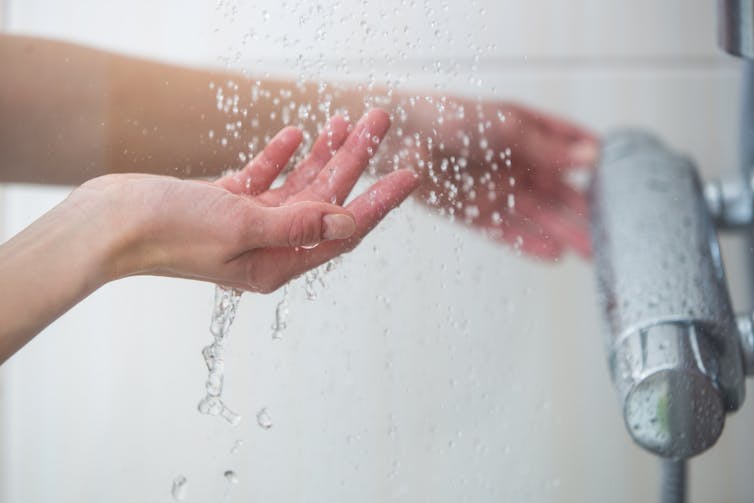
Turning off the shower while shampooing your hair or applying shower gel can help conserve water, as can shortening the length of your shower overall. Be sure not to switch to a bath though – the average soak in the tub uses around 80 litres of water.
2. Use rainwater in the garden
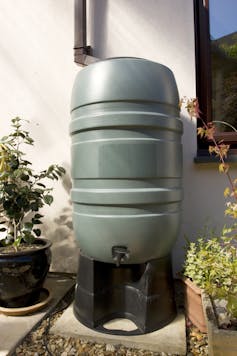
During a dry spell, the average gardener can use hundreds of litres of water to keep their plants hydrated. Some people will use a watering can (good), others might leave a sprinkler on all day (bad). Most use drinking water, which is a waste – plants are happy with rain water.
Add a water butt that collects the rain which falls on your roof and use it for the garden. To find out how to install one, watch this.
3. Use the short flush
Per flush, your toilet uses about 5 litres of water, and up to 10 litres in older models. If available, use the short flush to significantly reduce how much water is wasted.
4. Cut back on car washing
If you need to wash your car, do it the old-fashioned way with a bucket and soap rather than hosing it down. The water contained in a bucket (roughly 30 litres) is significantly less than the average that flows through a hose (around 15 litres per minute). Better yet, avoid washing your car entirely during a drought.
5. Reuse water
If you’re washing vegetables, you could collect the water in a bowl in the sink and later give it to the plants in your house or outside. While you’re waiting for warm water to come out of a tap, use the cold to fill the kettle. Close the tap while you’re lathering your hands with soap or brushing your teeth. Though these are only small savings, they do make a difference over time.
Inflatable pools are lovely for cooling down on the hottest days. A cleaning pump can filter the water and recycle it without you needing to use more water to keep the pool clean.
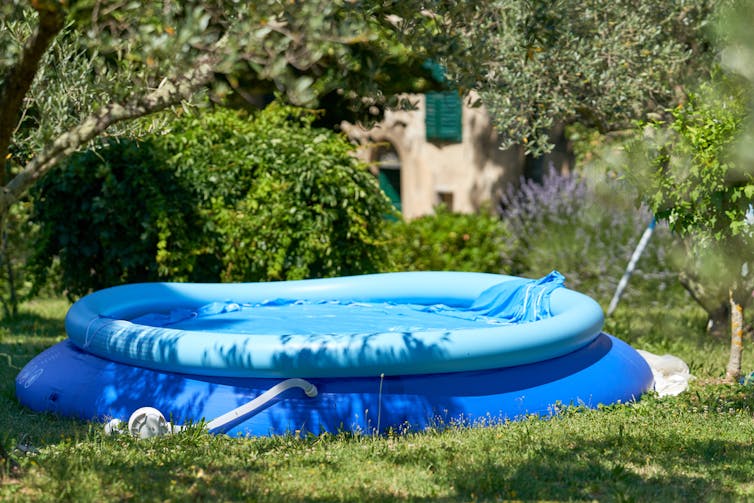
Save water, save money
All these tips can significantly reduce your water use and combat the effects of drought on the environment. They can also save you money.
If you’re able to renovate your home, it’s worth installing a system for collecting rain water which, combined with a pump, can flush toilets. In Belgium, for example, it is common practice to have such a system installed (effectively, a large underground water butt) in newly built houses.
Most people would struggle to afford these kinds of measures, and so drought-proofing homes and communities should be part of the effort to adapt countries to the extreme weather expected in a rapidly warming world.

Don’t have time to read about climate change as much as you’d like?
Get a weekly roundup in your inbox instead. Every Wednesday, The Conversation’s environment editor writes Imagine, a short email that goes a little deeper into just one climate issue. Join the 10,000+ readers who’ve subscribed so far.
Niko Wanders receives funding from the Dutch Science Foundation, the European Union and National Geographic for his work on drought and climate change.
This article was originally published on The Conversation. Read the original article.



